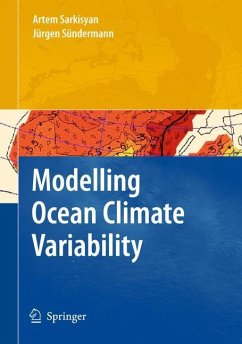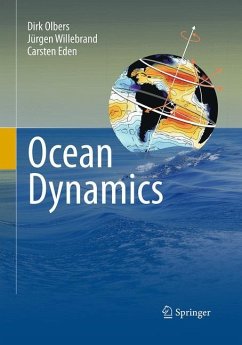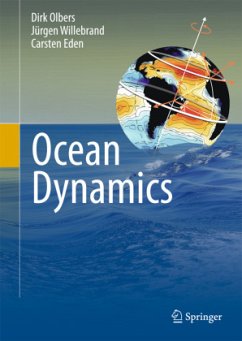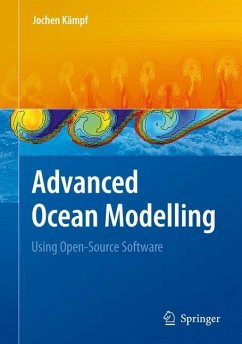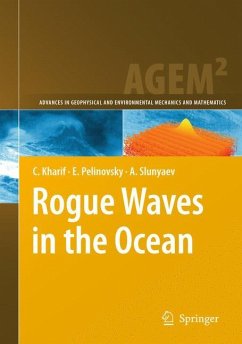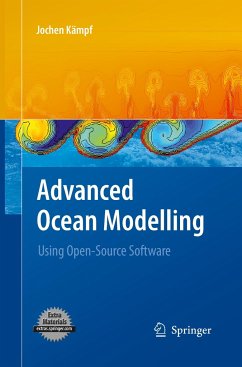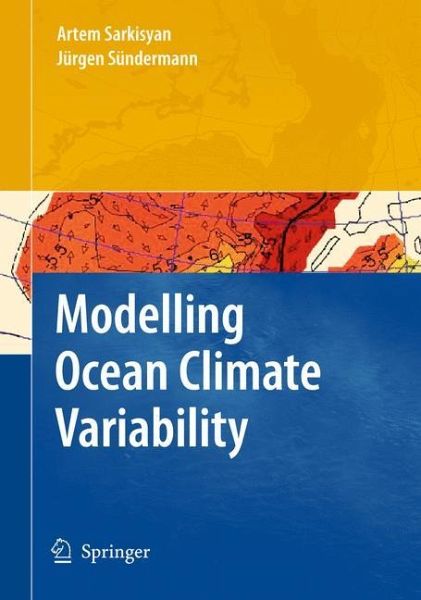
Modelling Ocean Climate Variability
Versandkostenfrei!
Versandfertig in 1-2 Wochen
115,99 €
inkl. MwSt.
Weitere Ausgaben:

PAYBACK Punkte
58 °P sammeln!
In this wide-ranging and comprehensive review of the historical development and current status of ocean circulation models, the analysis extends from simple analytical approaches to the latest high-resolution numerical models with data assimilation. The authors, both of whom are pioneer scientists in ocean and shelf sea modelling, look back at the evolution of Western and Eastern modelling methodologies during the second half of the last century. They also present the very latest information on ocean climate modelling and offer examples for a number of oceans and shelf seas.The book includes a...
In this wide-ranging and comprehensive review of the historical development and current status of ocean circulation models, the analysis extends from simple analytical approaches to the latest high-resolution numerical models with data assimilation. The authors, both of whom are pioneer scientists in ocean and shelf sea modelling, look back at the evolution of Western and Eastern modelling methodologies during the second half of the last century. They also present the very latest information on ocean climate modelling and offer examples for a number of oceans and shelf seas.
The book includes a critical analysis of literature on ocean climate variability modelling, as well as assessing the strengths and weaknesses of the best-known modelling techniques. It also anticipates future developments in the field, focusing on models based on a synthesis of numerical simulation and field observation, and on nonlinear thermodynamic model data synthesis.
The book includes a critical analysis of literature on ocean climate variability modelling, as well as assessing the strengths and weaknesses of the best-known modelling techniques. It also anticipates future developments in the field, focusing on models based on a synthesis of numerical simulation and field observation, and on nonlinear thermodynamic model data synthesis.




